Color Therapy: What Is Chromotherapy And How Does It Work
ColorsExplained.com
Color therapy is an ancient treatment that can help heal a multitude of illnesses, but do you know how it works? In this article, we’ll talk in detail about this color light treatment.
Chromotherapy, also known as color therapy and cromatherapy, is an alternative medicine method used by many people worldwide. As its scientific research evolves, it becomes even more popular.
It is undeniable that colors have powerful effects on all of us, which is the premise of this technique.
Still, do you know how or what it is used for? Today’s post will discuss this color light therapy, from what it is to how it started and how it works.
Besides, we’ll also give you the exact therapy colors that are used for common mild conditions.
Without further ado, let’s talk about this color treatment!
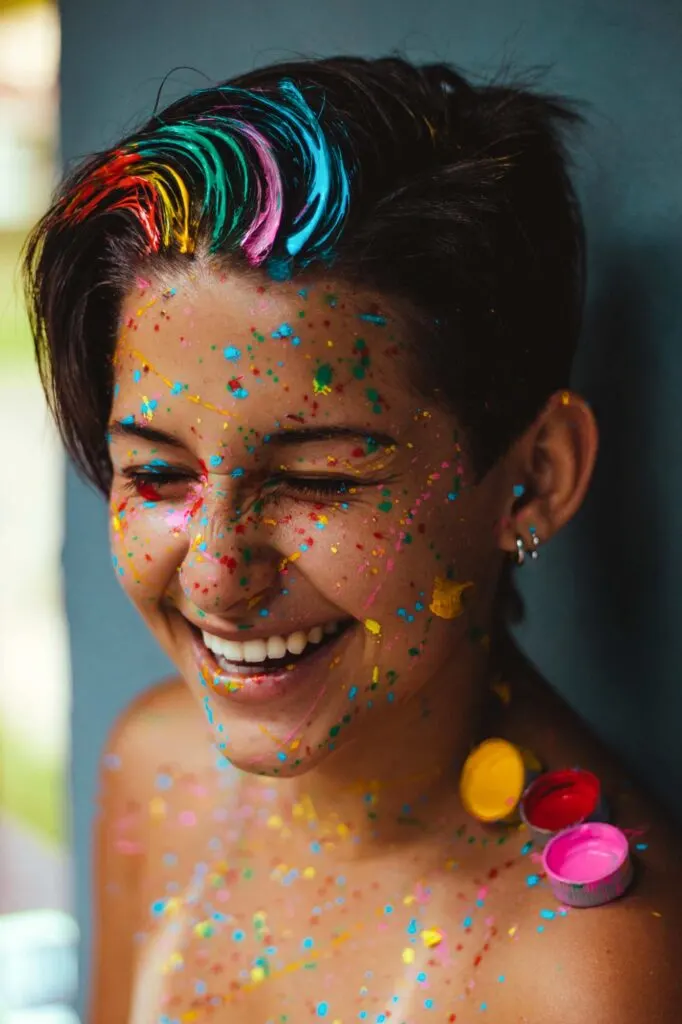
What is Color?
Before you can understand how color therapy works, you must first understand what color is.
So, the honest and shocking answer is color is an illusion. Objects don’t have a color; they give off light that appears to be a color.
Color is nothing more than wavelengths of light combined or mixed and interpreted by the receptors (called cones) in our eyes. How mindblowing is that?
Sometimes, the wavelengths of these colors are not within the visible electromagnetic spectrum, which is somewhere between 400nm to 700nm, although most people can still detect light outside this range.
On the high end of the color spectrum is purple (400nm), while red (700nm) is the longest wavelength.
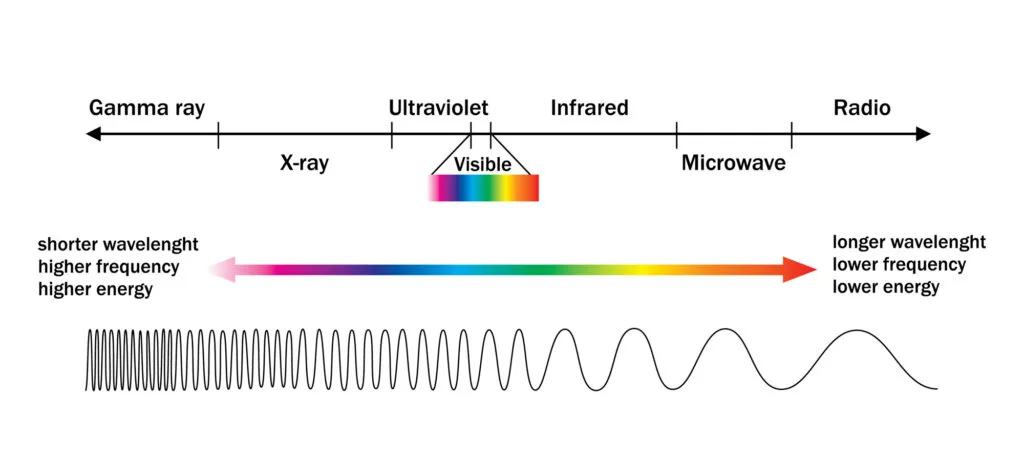
These two wavelengths, together with all of the frequencies in between them, are called the visible spectrum of light, which includes the entire rainbow of colors.
Light frequencies outside this range are invisible to the human eye. However, they still affect us: gamma rays, x-rays, ultraviolet radiation on the high end, and radio and microwaves on the longest end.
In short, colors are waves that our eyes detect or perceptions that occur due to signals the eyes send to the brains due to the stimulation of the photoreceptor cells by waves (electromagnetic radiation).
Still, it all comes down to the effect color has on us. If invisible colors are so powerful, can you imagine the colors of the visible spectrum?
What is Color Therapy?
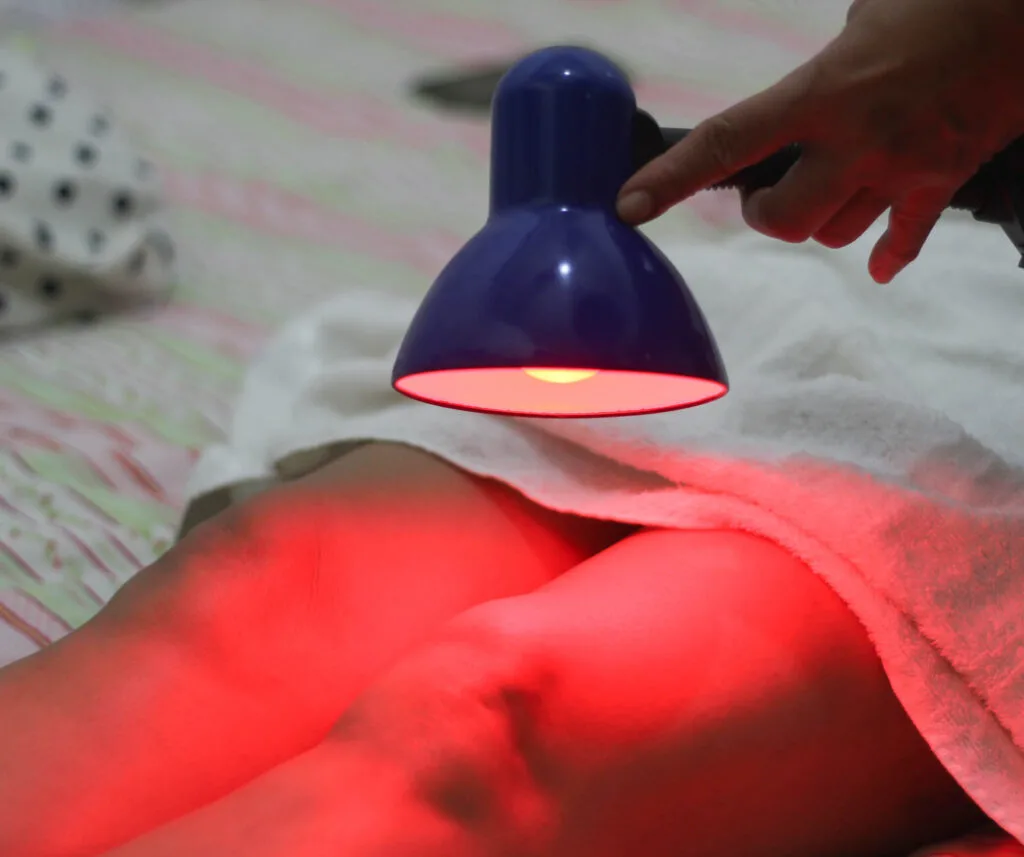
Color therapy, also known as chromotherapy, uses colors to treat illnesses; physical, mental, or emotional.
This practice was introduced because colors have a vibrational energy that can change our moods and even change our sensory perception of things.
Color therapy extends to the use of colored lights as well. It is an alternative medicine that is used because healing colors help not only balance energies within and outside the body (as in chakras, for example) but also restore them, which stimulates and hastens recovery.[1]
In short, color therapy provides colors to the electromagnetic body or the aura surrounding the human body (basically an energy field), which transfers this form of energy to the physical body.
Those who practice color therapy often transfer some energies from colors to their patients by surrounding them with the therapy colors they believe are suitable for their condition.
What is Color Therapy Used For?
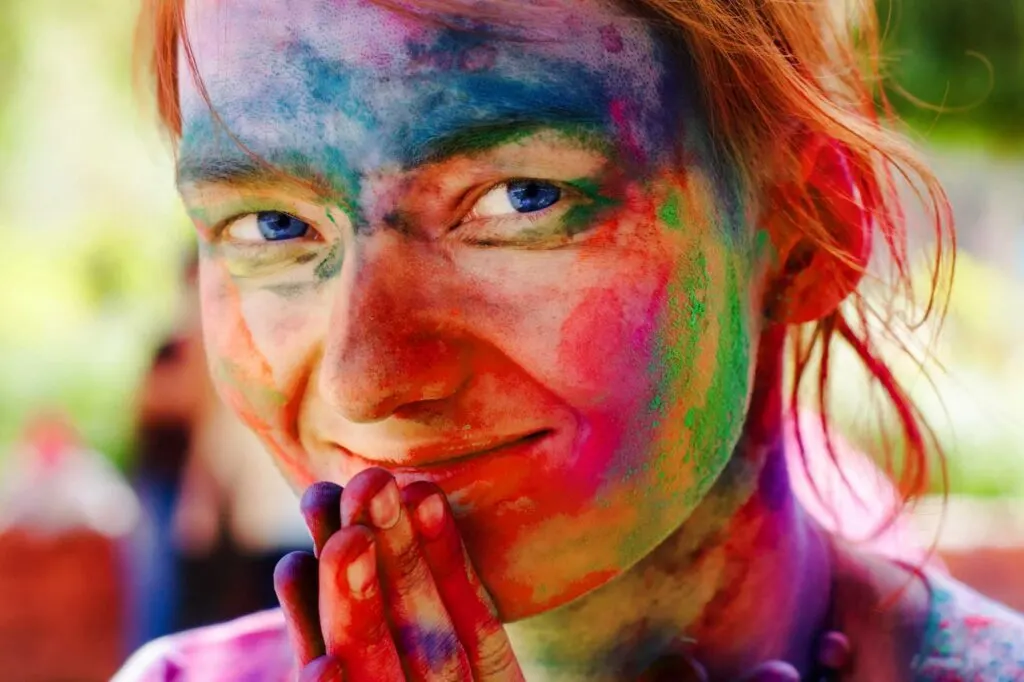
Color therapy is used in the holistic treatment of diseases and multiple conditions.
If non-visible light can be used in diagnosis and treatment therapy, then visible light rays (colors) have similar yet different effects on the human body.
Therapy colors are selected meticulously, so the vibrations of each color are used to determine the effect of such color on the human mind and body.
The effectiveness of color therapy depends on the therapist’s skills in diagnosing the ailment and the choice of color used for treatment.
For example, cooler colors are recommended for treating hyperactivity in children, such as the color blue.
History of Color Therapy
Color therapy dates back to ancient Egyptian practices of using sunlight and color for healing in 2000 BC. Not only that, but chromotherapy was already practiced in ancient China, India, and Greece.
Their color light therapy was limited to the primary colors (RYB model) blue, red, and yellow as they didn’t know how to mix colors.
On top of that, the practice of color healing was due to their strong belief that colors can stimulate healing, not scientific facts.
In ancient Egypt, color light therapy was performed using sunlight, colored stones, colored minerals, colored crystals, and even dyes.
The Egyptians went ahead and painted treatment sanctuaries in different colors and had colors for everything, such as color for depression and color for anxiety.
Chakras and Color Therapy
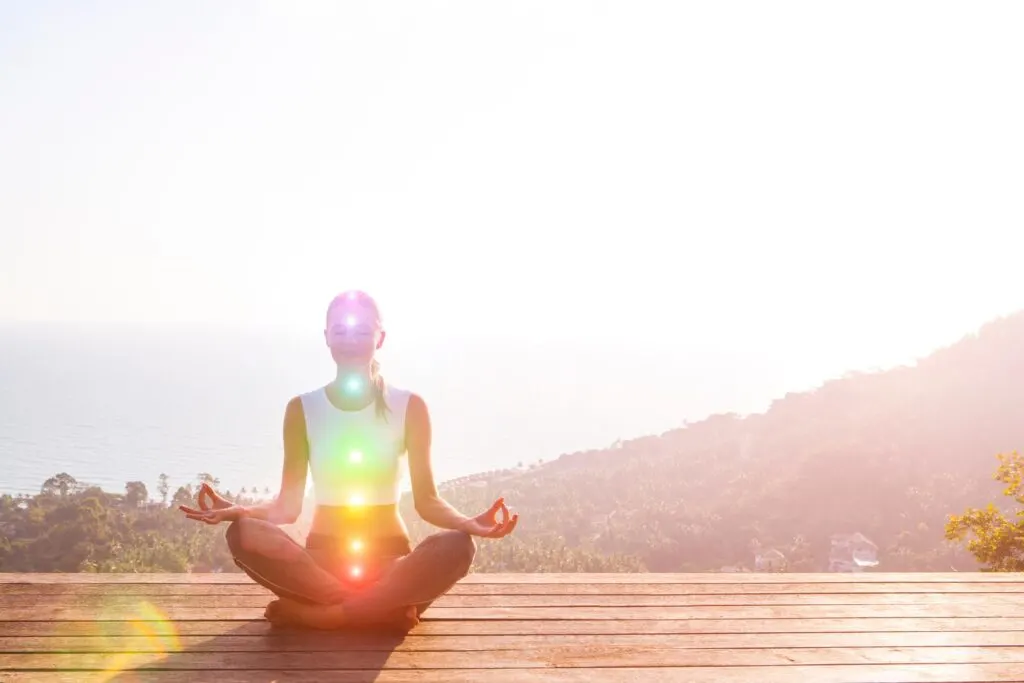
Chakra is a Sanskrit word that means wheel. It is basically a wheel or spiral of energy represented by different colors.
Think of a clock that is constantly rotating. A chakra is an energy center from which many energy sources are obtained.
Achieving a balanced chakra means that all your energies are balanced. This is believed to give you a general sense of well-being, both physical and mental.
Here are the different chakra colors and their effects on the human body:
Root Chakra
The root chakra is represented by the bold color red because of what it symbolizes.
There is a lot of energy stored in the red chakra since it’s located near the tailbone. This chakra helps to keep one grounded while providing a sense of security.
Sacral Chakra
Represented by the color orange, the sacral chakra is located just a few inches above the belly button. It controls your emotions, desire, and intimacy.
Balancing the orange chakra helps to boost emotional stability by releasing pent-up emotions.
Solar Plexus Chakra
The solar plexus chakra is represented by yellow. It is located just in-between the navel and sternum.
Beyond that, the yellow chakra allows you to tap some energy from the sun, which in turn stimulates motivation, cheerfulness, and confidence.
Heart Chakra
The heart chakra is represented by the color green, and it’s located in front of the heart.
Balancing the green chakra encourages empathy, love, kindness, and compassion. It also boosts mental health and stimulates healing.
Throat Chakra
The throat chakra is located at the base of the throat, represented by blue color.
Balancing the blue chakra enables self-expression and truth, which aligns with the meaning of the colors since blue relates to verbal communication and honesty.
Third Eye Chakra
The third eye chakra is represented by indigo, which is referred to as a mystical color.
Symbolizing intuition, the indigo chakra is responsible for increasing your inner vision and higher consciousness. This chakra is located in-between the eyebrows.
Crown Chakra
This chakra is located above the head–at the crown. Strange as all the other chakras are located on different body parts, the crown chakra simply radiates its energy from above your head, connecting your physical body to your soul.
The purple chakra is the most spiritual in nature of all chakras, and it acts as your center of spirit, enlightenment, wisdom, and connection to higher guidance.
Healing Practices of Color Therapy
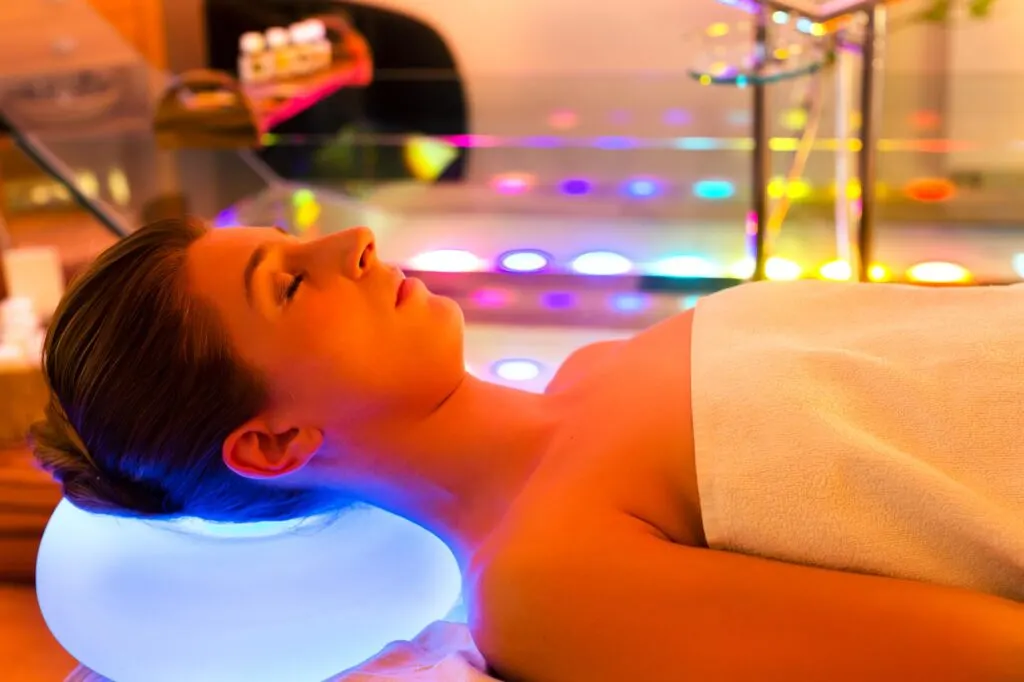
Color therapy can be used in healing mild to severe illnesses.
You may practice color therapy on your own at home for mild infections, but be sure to visit a therapist when the disease condition is severe as you would need the skills and experience of an expert.
Note: always consult your doctor before beginning any therapy. This general information is not intended to diagnose any medical condition or to replace your healthcare professional.
Color treatment works by drawing out negative colors which may have caused imbalances. This creates a way for positive light to pass through and balance out your energies.
Here are some methods of chromotherapy:
Through light
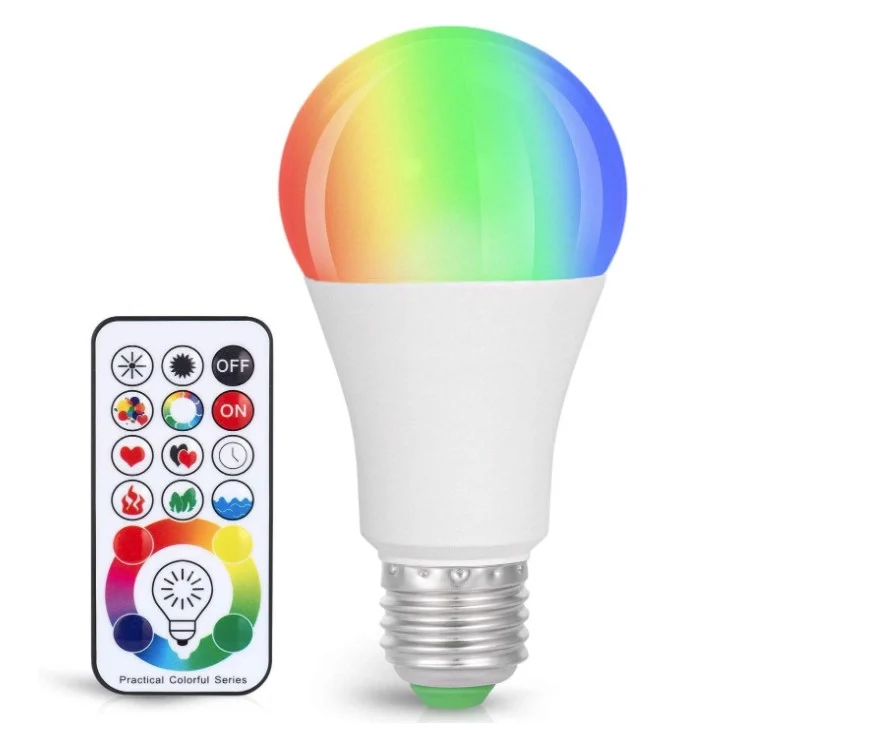
One way to take advantage of the therapeutic effects of color is simply to view it.
For that, you may use a variety of types of lights in the form of color (or colored lights). These color rays help to stimulate healing and good physical, mental, and emotional health.
As one of the most common methods used in color therapy, the effects of light cannot be overlooked.
Click here to check this colorful light on Amazon
Through screen
Depending on your needs, your therapist may show you a screen projecting a colored light from the visible spectrum. After all, color therapy is individualized.
Sometimes, the light is projected on your skin with high-tech color therapy equipment.
Through design
Design can also be used for color therapy. You may use single-color designs or multiple-color designs to stimulate a change in emotions.
According to America’s Disability Community, the effects of color should be carefully considered when designing rooms for individuals who may be more sensitive to color due to heightened sensory responses and strong visual processing abilities.
Medical institutions are also integrating color and art therapy. Pediatricians have begun seeing positive results in integrating color therapy applied to the design and decor around patients.
Through glasses
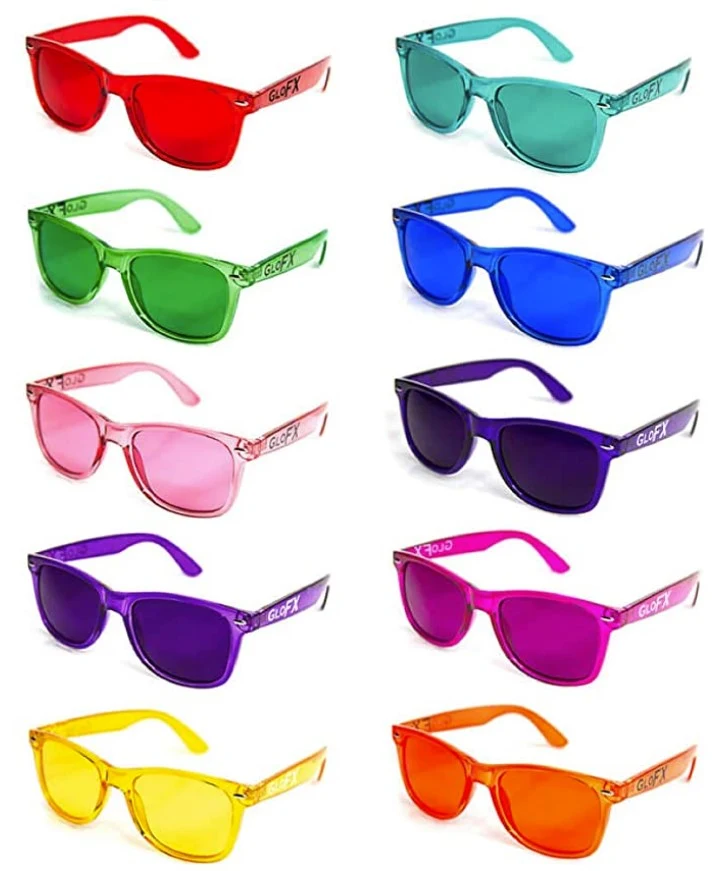
This is a relatively newer practice of color therapy, but that has been enthusiastically embraced by many.
These colored glasses come in several colors, and each one of them stimulates different emotions.
In addition to the methods above, color is also used together with vibrational healing in eastern medicine.
How to Use Color Therapy to Boost Your Mood
Colors have the power to improve moods and well-being, whether you are struggling with anxiety or suffering from diarrhea. On top of that, researchers have proven colors work on the brain.
For instance, many specialists advise you to adjust your phone or computer from blue light to yellow just before bedtime as this helps prevent your biological clock from being disturbed.
Now, researchers from Manchester University say, in Current Biology journal, that when dimmed, the blue light is better used at night as yellow imitates natural light, making it more difficult to fall asleep.
In the same breath, you can use colors to treat certain emotional, mental, and physical conditions. After all, there are many healing colors you can use and avoid in various situations as they could uplift or dampen your mood.
In the same breath, white, yellow, or pink flowers can be sent to a dear friend or relative who may need a bit of optimism.
On a side note, you might want to learn the flower color meanings before sending them. Still, if you’re passionate about someone, red roses are lover’s flowers, as they symbolize passion in the rose color meanings.
What Colors Help Hypertension?
You should avoid red if you have hypertension as it stimulates blood pressure by releasing energy and adrenaline. Instead, go for green and blue lights that help you relax and slow down a bit.
What Colors Help Stress?
If you’re an anxious or stressed person, avoid red, orange, and bright yellows.
Instead, pick blue, purple, green (safest color), tan, and warm whites that will help you relax and slow down a bit.
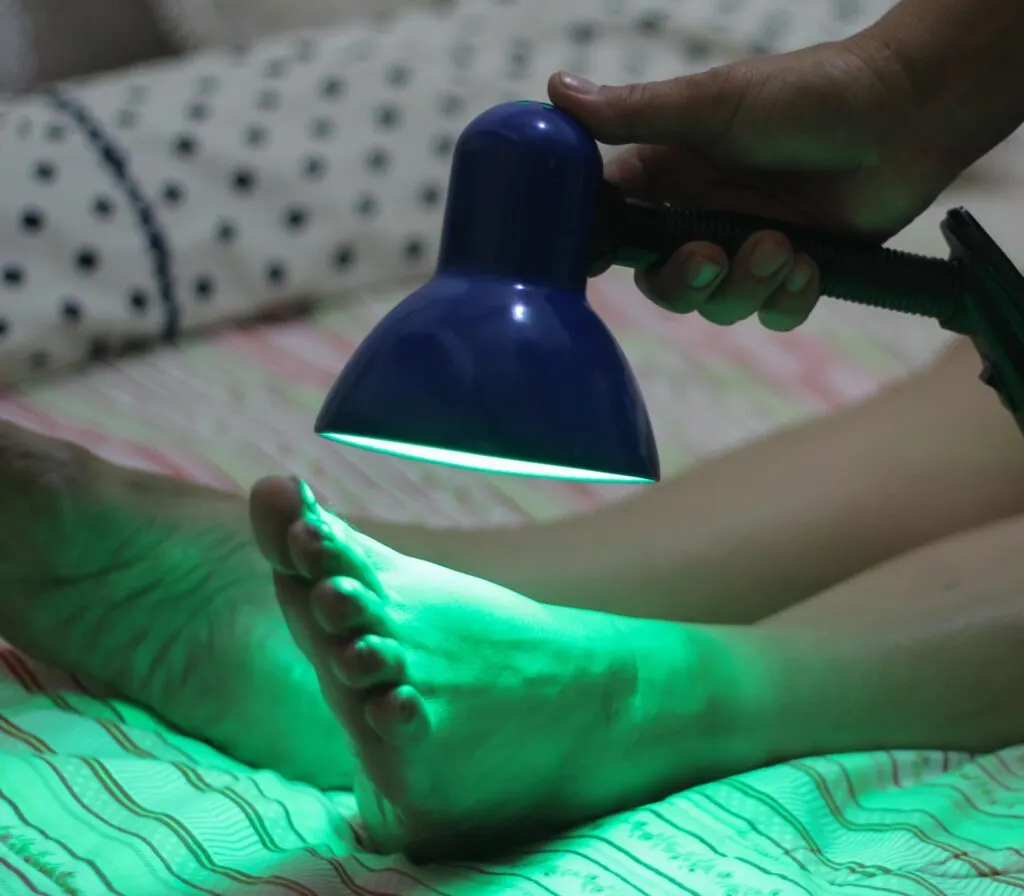
What Colors Help Depression?
If you’re prone to depression, avoid most shades of blue.
Bright colors and shades of orange, yellow, and pink are warm colors that can be used to motivate and uplift a person who feels pessimistic or sad as they’re more stimulating and may impact your energy levels positively.
Beyond that, pink is commonly known as the color for cancer because it’s tender, gentle, symbolizes good health, and is empowering.
What Colors Help Anxiety?
Muted and neutral colors help against anxiety. Blue, light shades of purple, aqua, and green are cool colors that can be effective as a tranquilizer in cases of tension and anxiety.
What Colors Have Anti-Inflammatory Properties?
Blue and purple are soothing colors that have been used for inflammatory conditions, sciatica, meningitis, nervous instability, headache, and irritability.
What Color Helps You Sleep?
Dimmed blue light is by far the most soothing and relaxing color that can get you ready for bed.
What Color Helps Grief?
Purple is the best color for grief and sorrow as it’s the color of spirituality and allows you to introspect and go through such a difficult moment.
Besides, purple is the color of wisdom and enlightenment, which will eventually lead you to white, the color of acceptance.
What is the Color of Hope?
Often referred to as sunshine in a bottle, yellow is the color of hope, optimism, smileys, and the sun.
For instance, the yellow ribbon is the emblem for suicide prevention awareness in several countries worldwide.
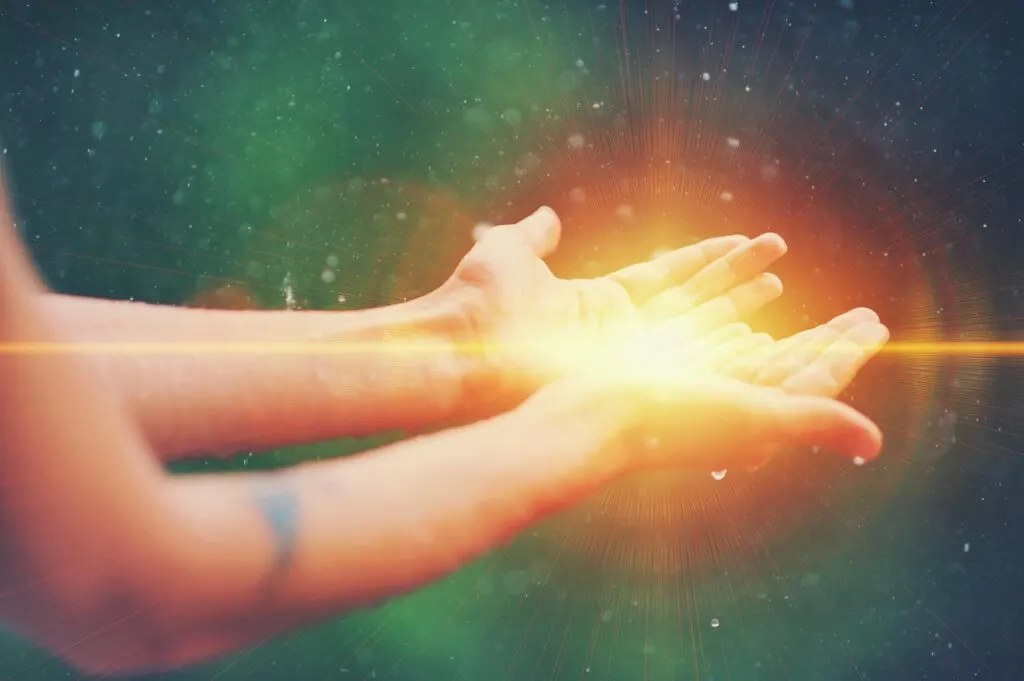
Arguments Against Color Therapy
As with everything else, there are certain arguments against the use of colors for healing.
Some people have argued that there is no objective evidence of such a thing as the color of healing or color medicine, which could be related to the use of colors, especially as western medicine hasn’t seemed to accept the use of colors in treating diseases.
Also, while some cultures are pretty open to using colors and light therapy for healing, others are skeptical about it as they believe that these practices are associated with certain things that are against their personal beliefs.
On the other hand, some people believe that although colors have a psychological effect on us, such effects are temporary and often fleeting.
Therefore, no lasting healing properties can be associated with them, and as such, are not a form of treatment in the way color therapists affirm to be.
While these arguments are valid, they are from personal experiences and may not be the general view of those who have used color therapy.
It is essential to know that healing is different for different people, including the length and recovery method.
Therefore, it is highly advisable to consult an exceptionally skilled therapist in color therapy before using colors for healing.
Wrapping Up on Color Therapy
There is still a lot to learn about alternative therapies such as color therapy—a lot hasn’t been uncovered yet—but advanced research has shown that colors generally boost the mood and lift spirits.
Before practicing color therapy, be sure that you deepen your understanding of colors, as it is essential to be meticulous.
Last but not least. Always consult a therapist before performing starting any treatment. They are certified professionals who can help with your concerns.
Did you enjoy this article about chromotherapy colors? Then share it with a friend who might enjoy it too!

___
https://www.colorsexplained.com/color-therapy-chromotherapy/